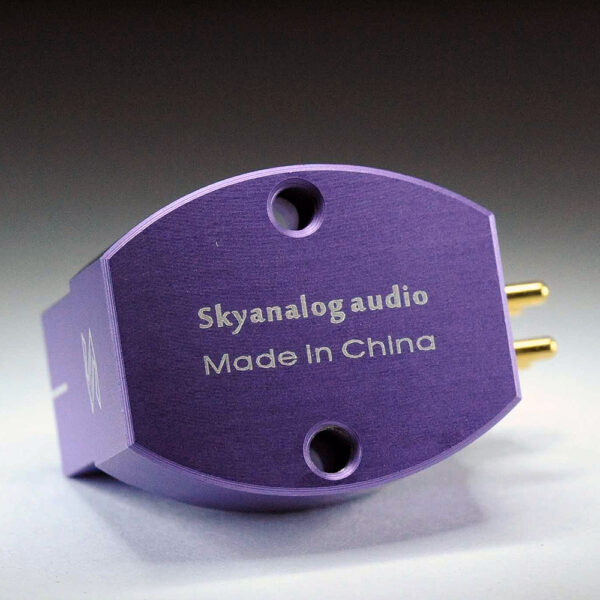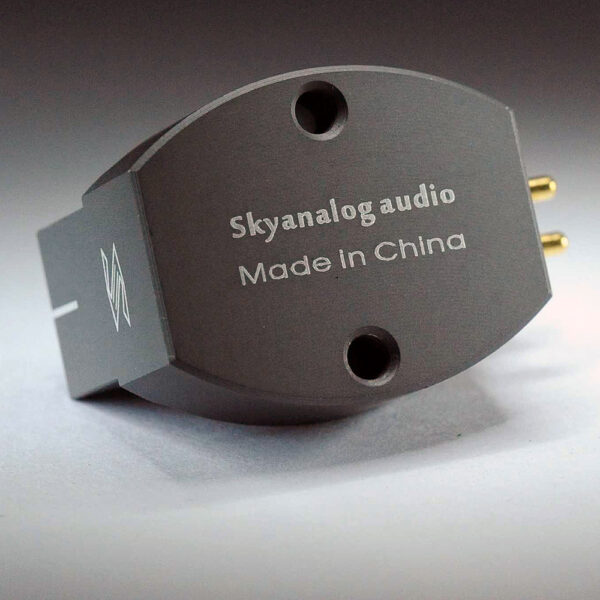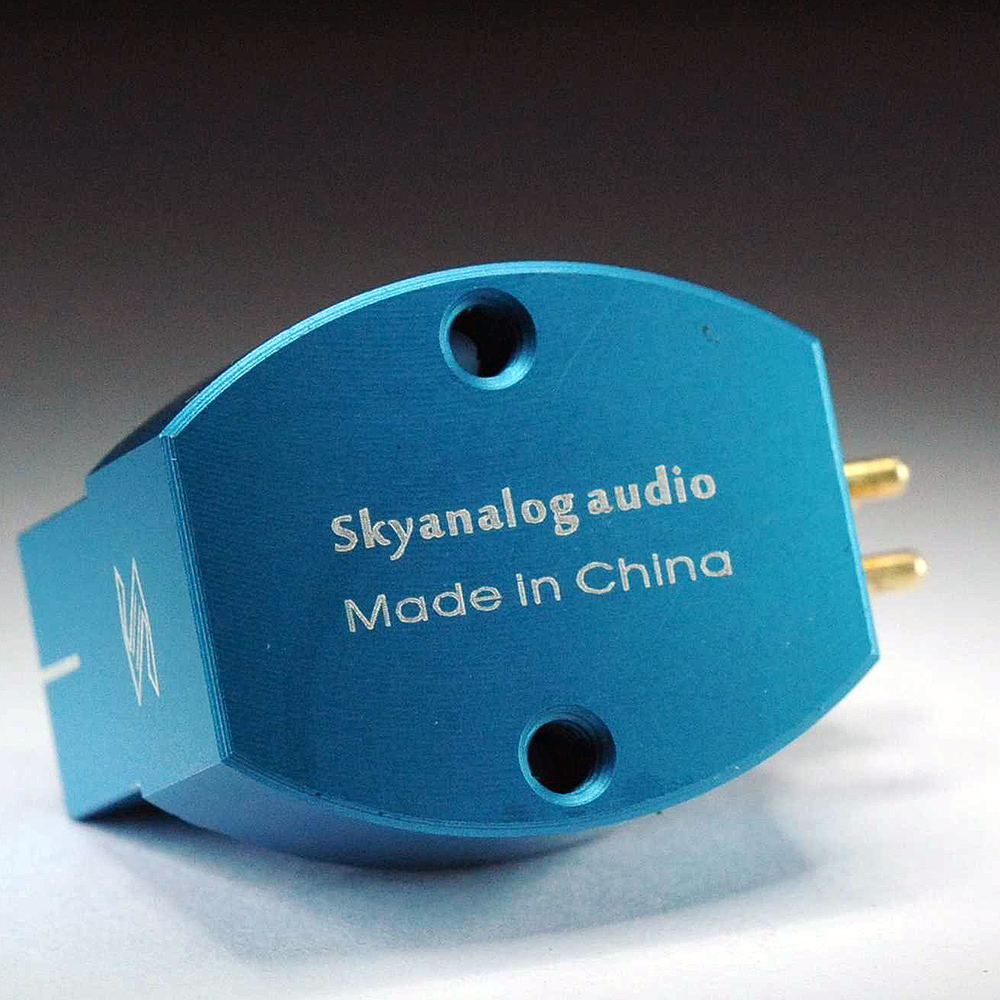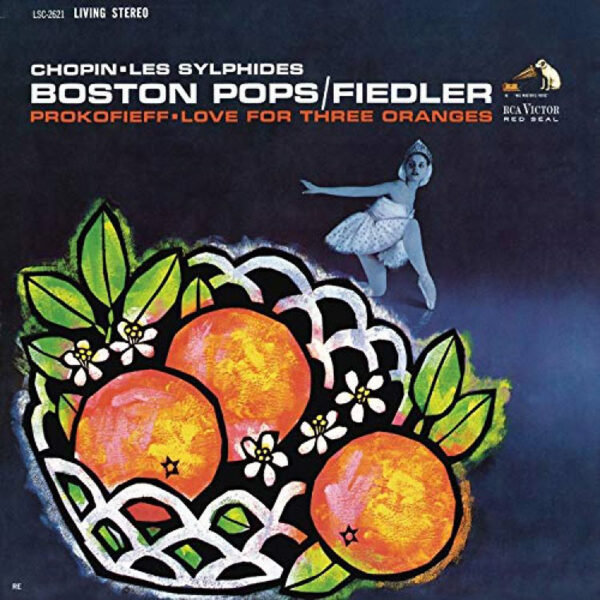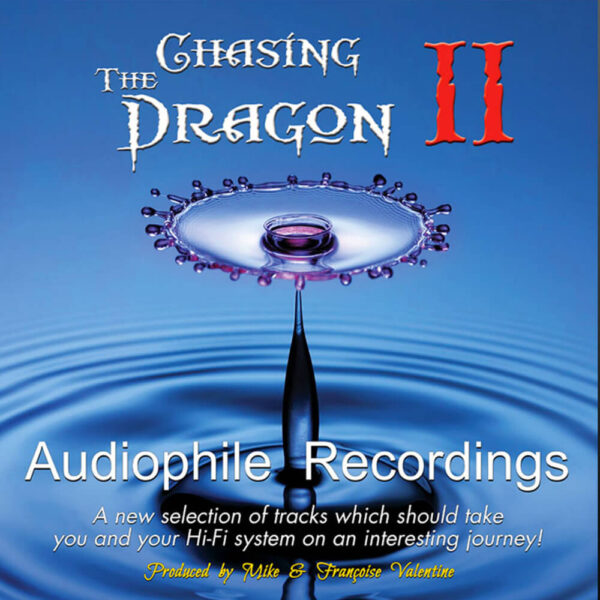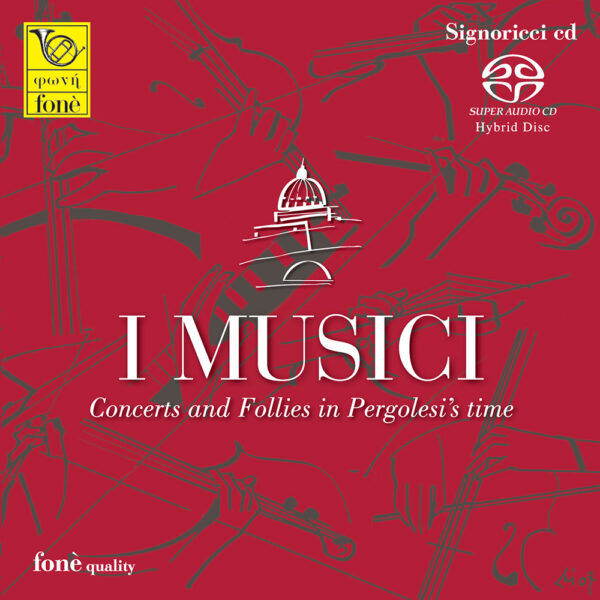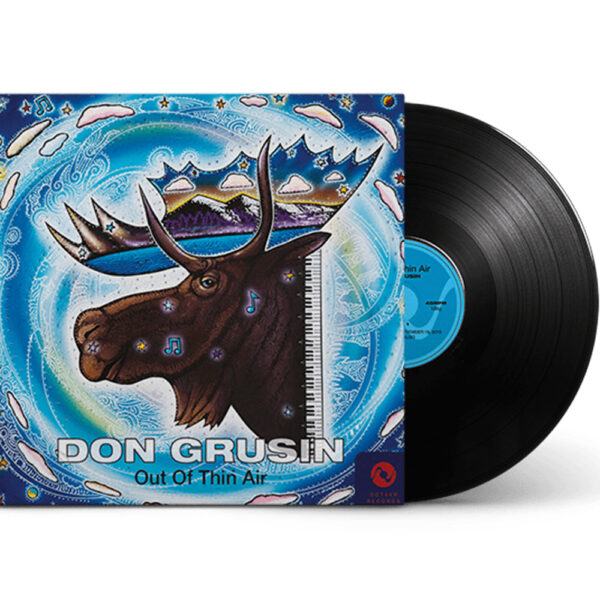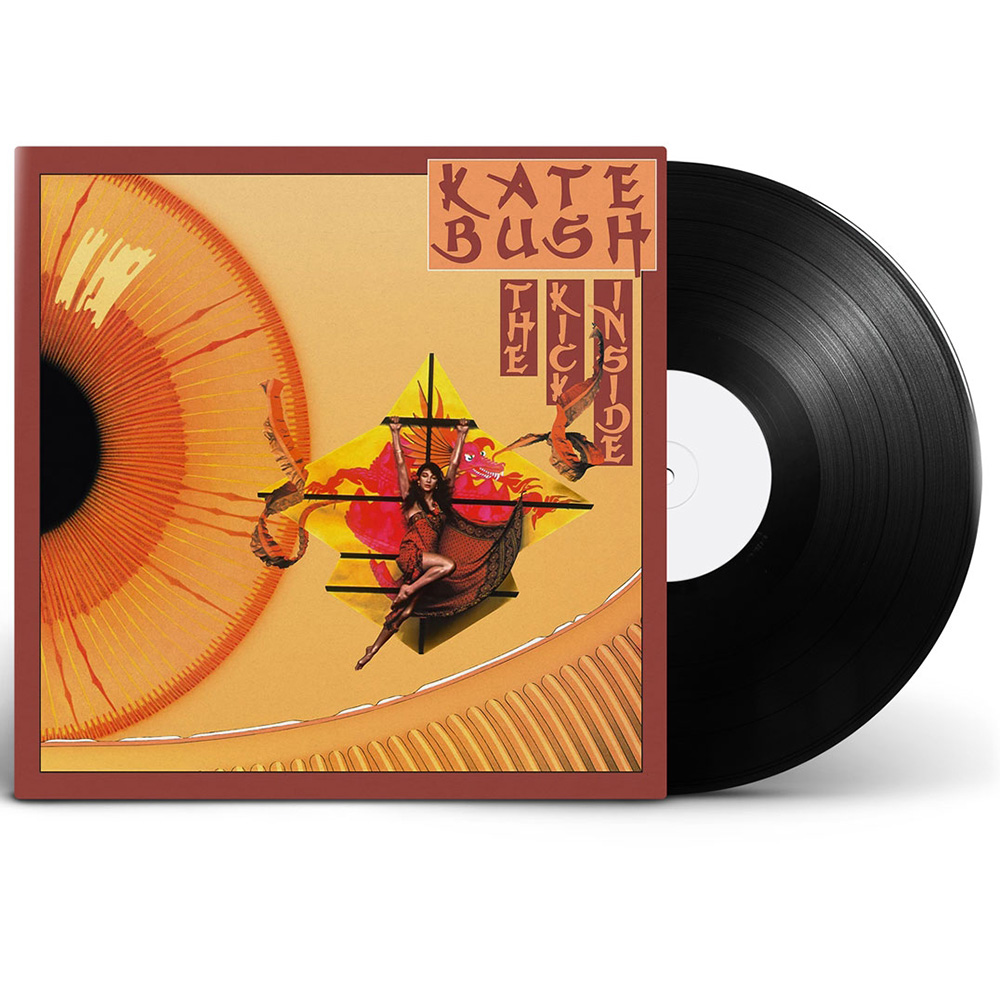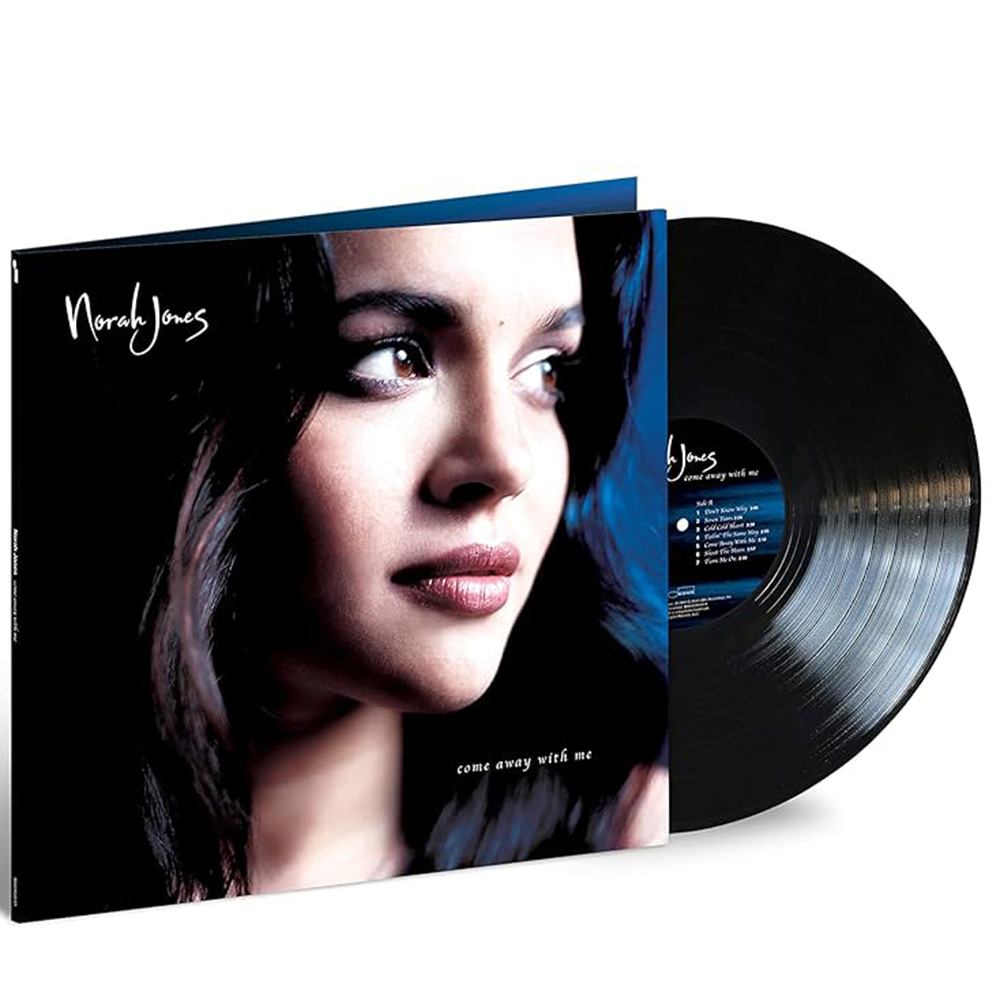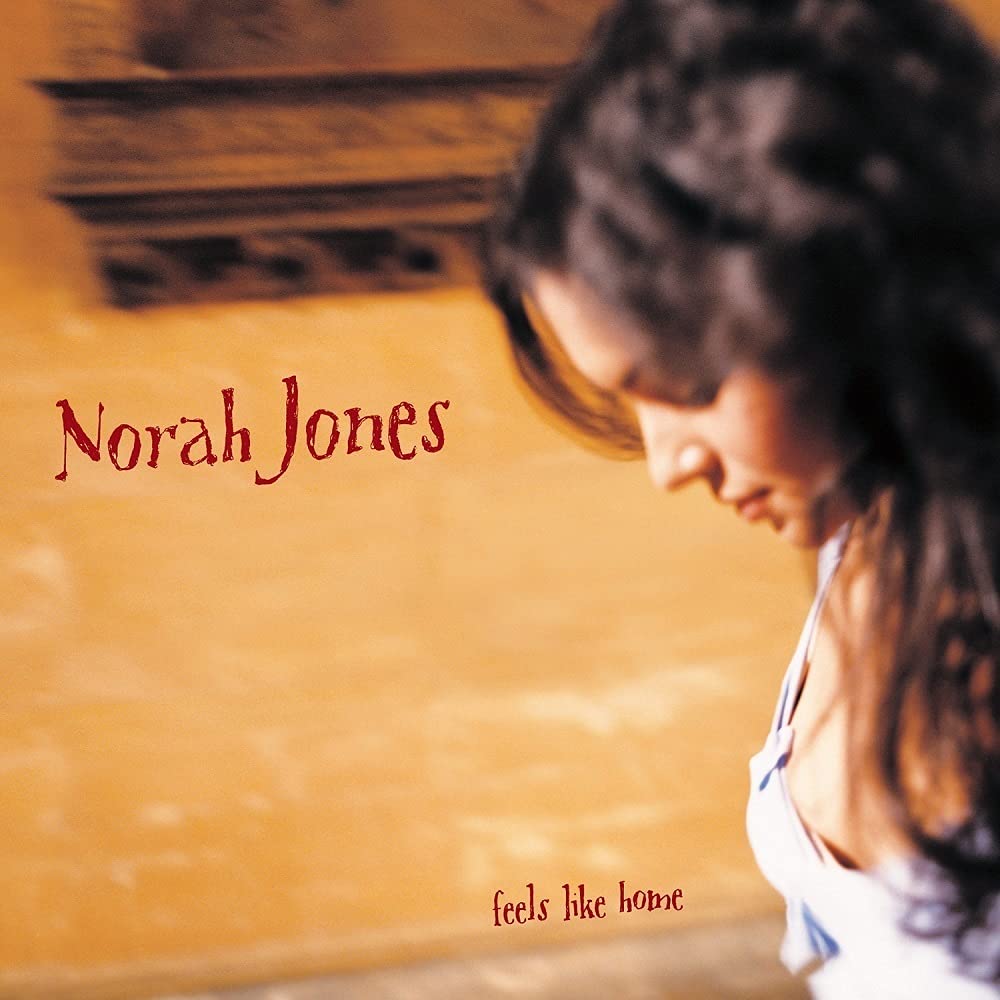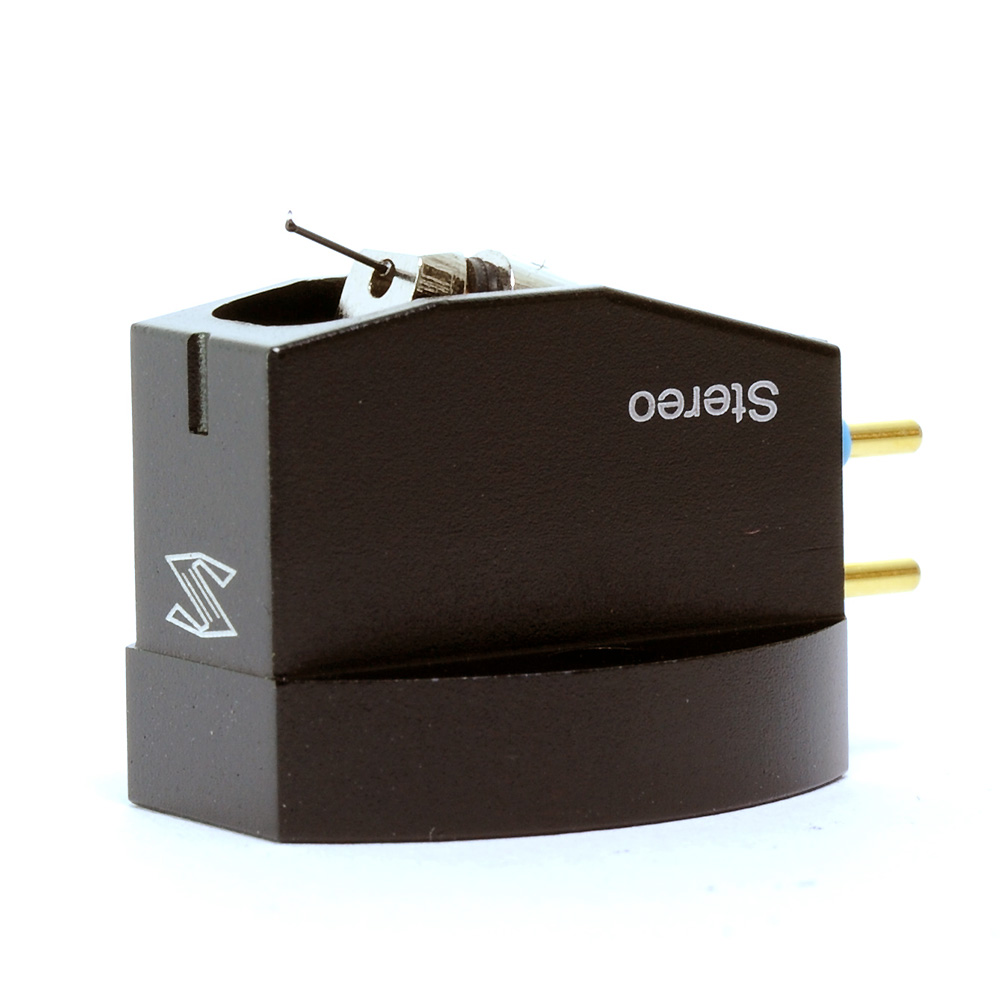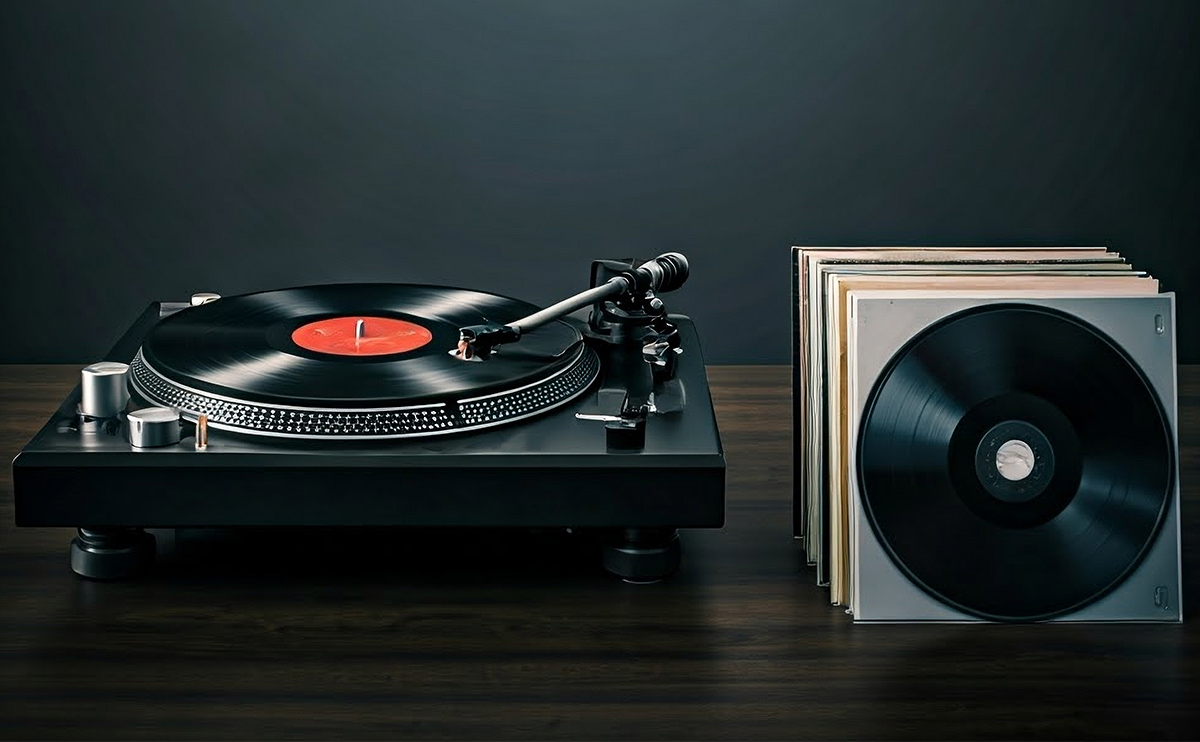Skyanalog G2 Moving Coil Cartridges
Experience vinyl like never before with the Skyanalog G2 Moving Coil Cartridge, designed to deliver audiophile-grade performance with exceptional accuracy and depth. The G2 cartridge is crafted with precision to extract every detail from your records, offering a rich, dynamic soundstage with outstanding clarity and warmth. Its advanced design and premium materials ensure smooth tracking and minimal distortion, making your music sound as vibrant and engaging as the original recording.
Ideal for serious vinyl enthusiasts, the Skyanalog G2 takes your listening experience to the next level, providing unparalleled sound quality that breathes new life into your favourite albums. Upgrade your turntable setup with the G2 and enjoy the ultimate in high-fidelity audio.
Original price was: £1,295.00.£1,036.00Current price is: £1,036.00.
2 in stock
2 in stock
Description
Skyanalog G1 Moving Coil Cartridges
SkyAnalog initially started designing tube amplifiers, much later they started designing High-End MC pickups. The G-series has, among other things, a unique aluminum body and a cantilever of Borium, Ruby or Sapphire.
MODEL G-2 SPECIFICATIONS
| PHYSICAL | |
| Cantilever | Ruby |
| Stylus | Diamond |
| Stylus Tip Radius | 5 x 150 µm |
| VTA Vertical Tracking Angle | 20˚ |
| Coil | Pure Iron Cross Coil |
| Weight | 10 grams |
| ELECTRICAL | |
| Output Voltage | 0.35 mV @ 3.54 cm/s |
| Internal Impedance | 8 Ω |
| Frequency Respons | 20 – 30.000 Hz +/- 1 dB |
| Channel Separation | ˃ 30 dB at 1 kHz |
| Channel Balance | < 0.5 dB |
| DYNAMIC | |
| Tracking Ability @ 315 Hz / 2 grams | 80 µm |
| Dynamic Compliance | 10 µm / mN |
| SETUP INSTRUCTION | |
| Recommended Load | 200 – 470 Ω |
| Recommended Tracking Force | 1.5 – 1.7 grams |
| Optimum Tracking Force | 1.6 grams |
| Recommended Tonearm Mass | Medium |
| Optimum Working Temperature | 23 ˚C |
| Break-In Period | 30 hours |
CLASSICAL
Classical music is a genre characterised by its structured compositions, which span from intricate solo pieces to complex orchestral arrangements, developed over centuries starting in the Western world around the 11th century. It emphasises formal styles and is known for its diverse range of forms, including symphonies, concertos, and operas, often focusing on harmonic development and sophisticated musical motifs.

